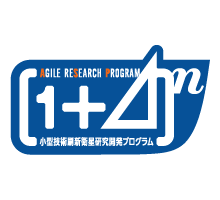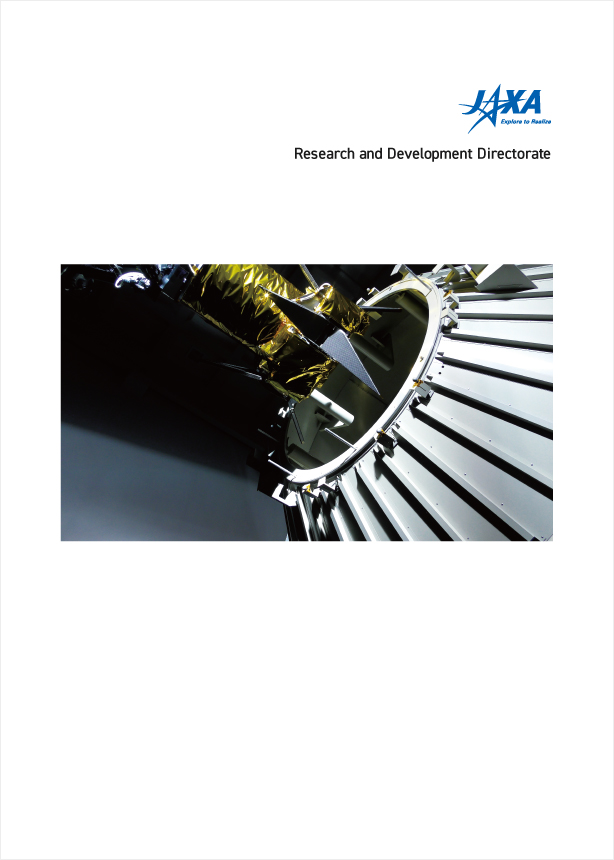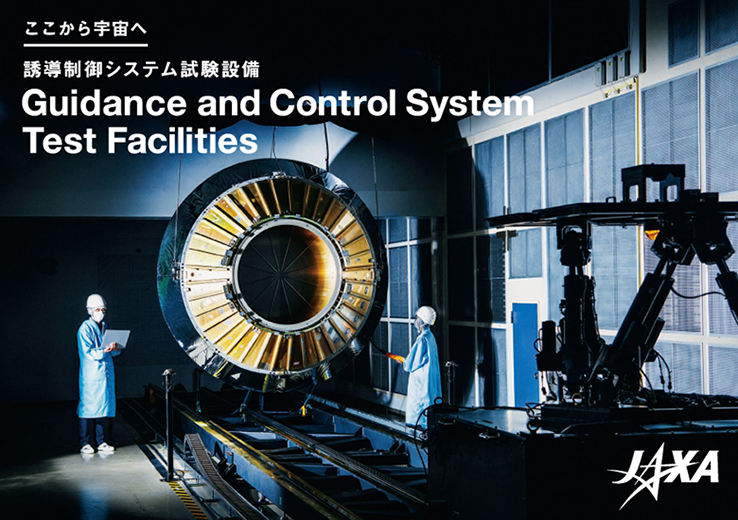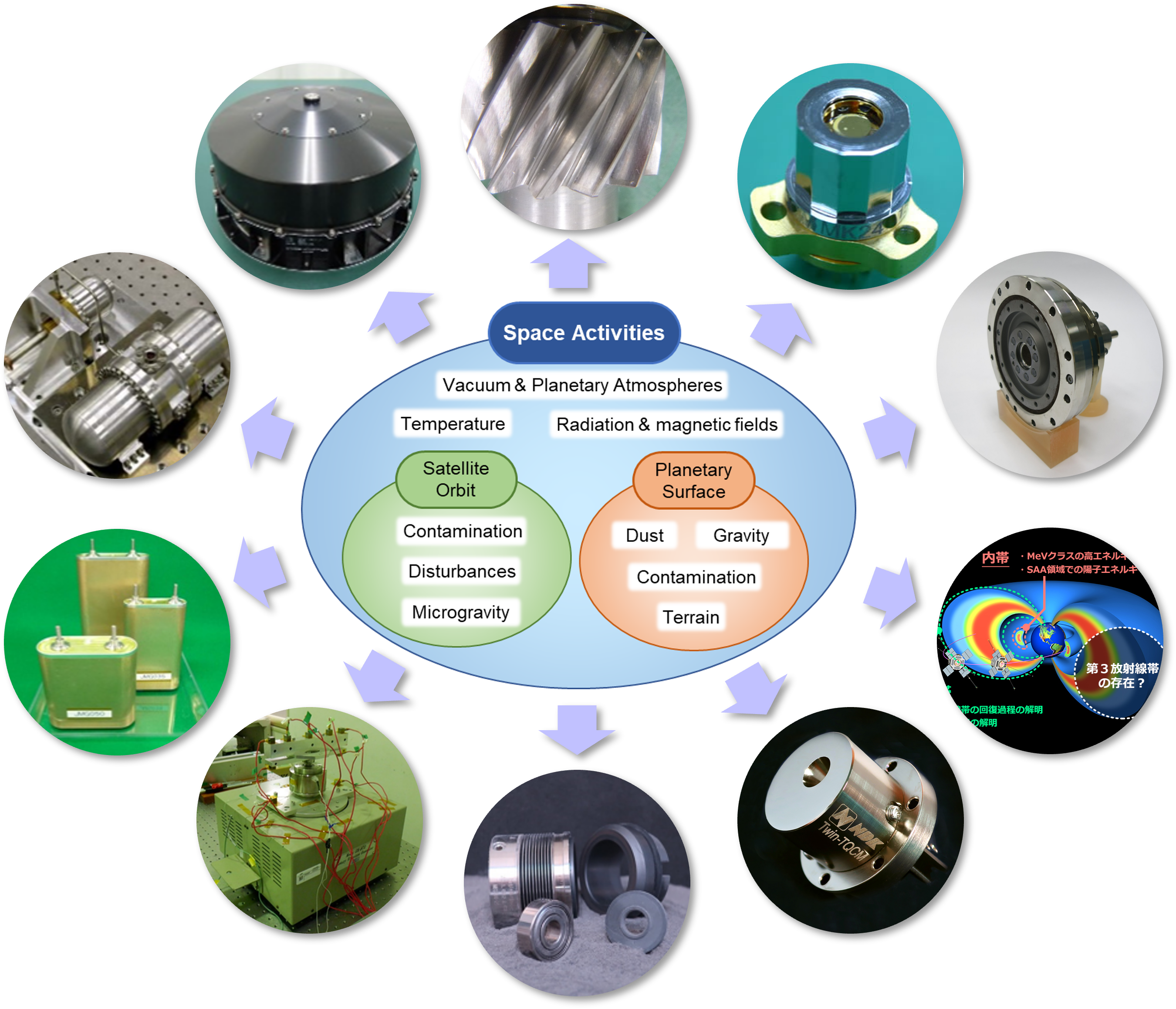The Value of Our Research
New utilization is being considered for future satellites, such as optical observation in ultra-low Earth orbit and geostationary orbit, and secondary utilization taking advantage of long satellite life. In addition, space activity is expanding from Earth's orbit to the Moon.
To conceive and develop novel and flexible space missions, it is important to predict the environment of the activity area accurately. In addition, it is necessary to achieve a high level of tolerance to the environment and a wide range of operational conditions for the essential basic technologies and commonly used equipment.
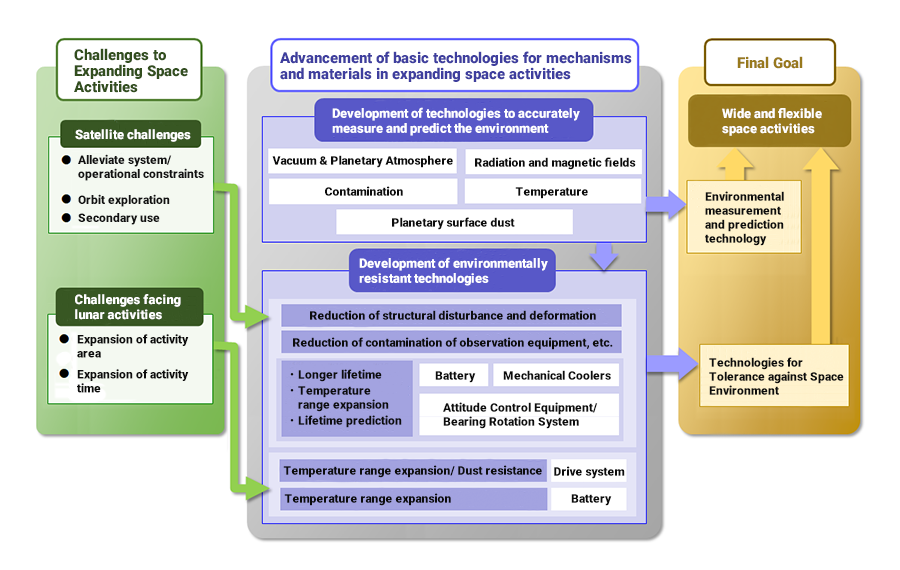
Research Goals
This research addresses ten sub-themes for six main environments under the following two goals.
- 1.
- For the satellite orbital environment, to develop technologies that relax the restrictions of system operation by more than doubling the operational range or technologies that contribute to the realization of new orbital use and secondary use of satellites.
- 2.
- For the lunar surface environment, develop technologies that expand the range of activities by a factor of ten or more and those that significantly increase the duration of activities.
Sub themes
Vacuum and Planetary Atmospheres
- ① Technology to increase the size and speed of drive systems in a vacuum
- ② Protection from Neutral Atomosphere
Temperature
Radiation and magnetic fields
Planetary surface dust
Satellite on-orbit environment
- ⑥ Protection from Contamination
- ⑦ Smart Structure Technology for Environmental Changes in Spacecraft Life Cycle
- ⑧ Fundamental technology research on improving battery usability
- ⑨ Longer lifetime and higher reliability of mechanical coolers
- ⑩ Reliability and life prediction of attitude control equipment and bearing rotating systems



